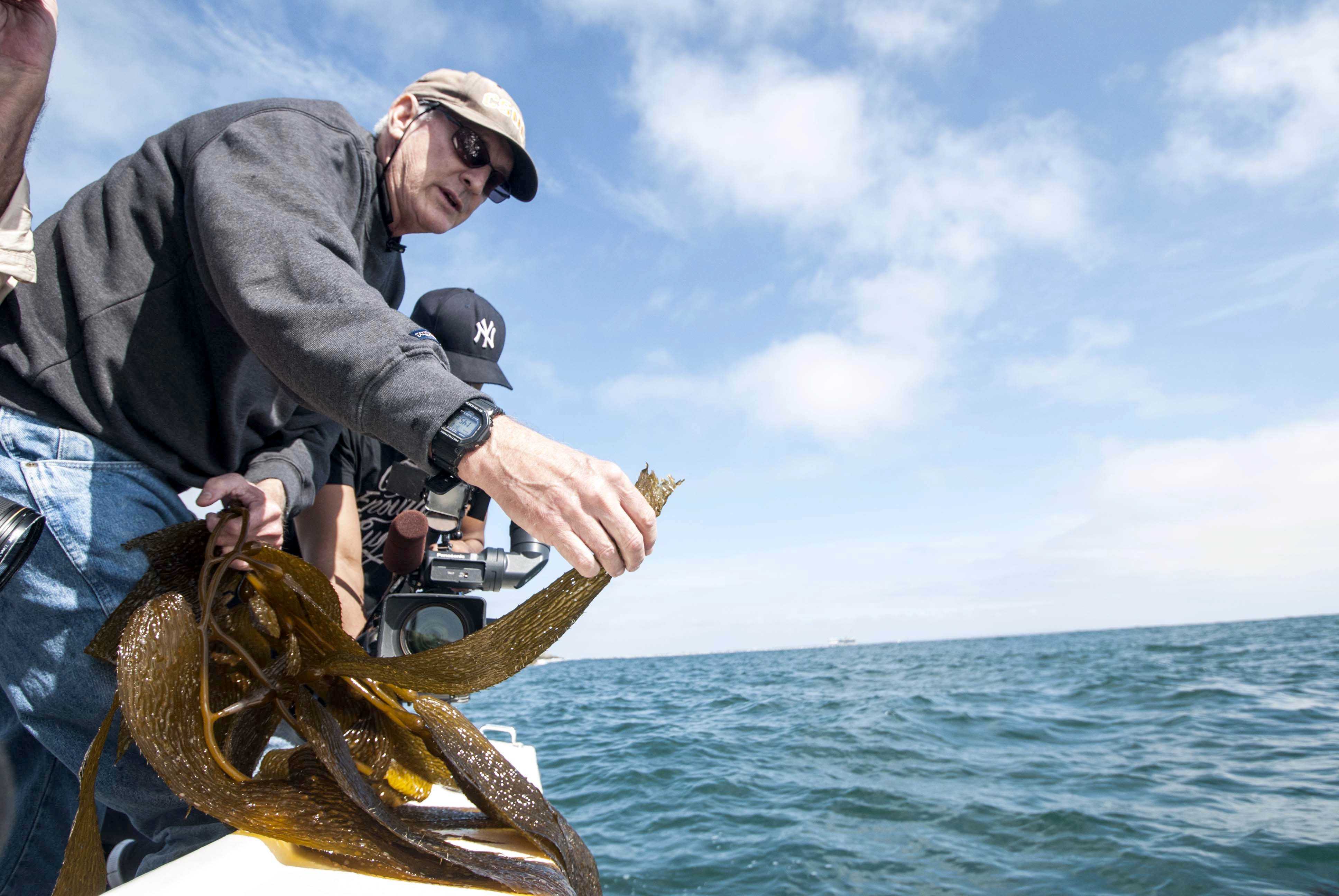Although it has been more than three years since the Fukushima Daiichi nuclear disaster spilled radioactive elements into the Pacific Ocean, California’s coasts and kelp forests have not yet shown any signs of being contaminated, according to newly published results from “Kelp Watch 2014.”
Cal State Long Beach professor and “Kelp Watch 2014” co-founder Steven L. Manley said the low concentration of radioactive elements in the initial group of kelp samples indicates that radioactive seawater from Japan’s Fukushima nuclear power plant has not yet reached California’s coastline.
The goal of “Kelp Watch 2014” is to measure the amount of radioactive contamination released from Japan’s nuclear disaster by analyzing certain radioactive isotopes found in several kelp species.
Manley, who works on “Kelp Watch 2014” with Head of Applied Nuclear Physics at Lawrence Berkeley National Laboratory Kai Vetter, said in January that kelp is a good contamination indicator because it absorbs and stores radioactive elements, such as cesium-134 and cesium-137, in its tissue and is easy detectible.
Manley added that he was not surprised by the low levels of radioactive cesium present in the first kelp sample.
“The samples were taken in late February and early March and the models predicted [radioactive seawater] might reach [the West Coast] around April so I wasn’t surprised I didn’t see anything,” Manley said. “I’d probably be more surprised if we [did] see something.”
The results were published Wednesday on the “Kelp Watch 2014” website. In all of the sample results posted on the website, none featured detectable levels of cesium-134. The isotope has a half-life of two years, meaning that it takes two years for half of the isotope to decay.
Manley said the undetectable levels of cesium-134, an isotope that was released in the nuclear disaster, reinforce his belief that the contaminated seawater has not yet arrived.
However, there were some radioactive isotopes present in the kelp samples. Minute concentrations of cesium-137 were detected in nearly all of the samples. Manley attributed the low concentrations of cesium-137 to material that had been left behind from atomic weapons testing in the Pacific Ocean in the 1950s and ‘60s.
The only site without a detectable level of cesium-137 was off the coast of Chile, he said.
Since starting “Kelp Watch 2014” last year, Manley said he has fulfilled his role as a professor, whereby he is required to do work outside the classroom.
“As professors, we are supposed to be active researches and teachers,” he said. “We’re sort of used to it. Sometimes it is hard to balance.”
Manley said he did most of his preliminary research during winter break, which saved him some time from working on the project throughout the entire semester.
Although the first set of samples did not show radioactive contamination from Japan, Manley said future samples could be different.
“This data supplies us with a good baseline so when we sample again … we can compare it to these values and see if it changes much,” Manley said.
Manley will begin his second group of samples in July.




